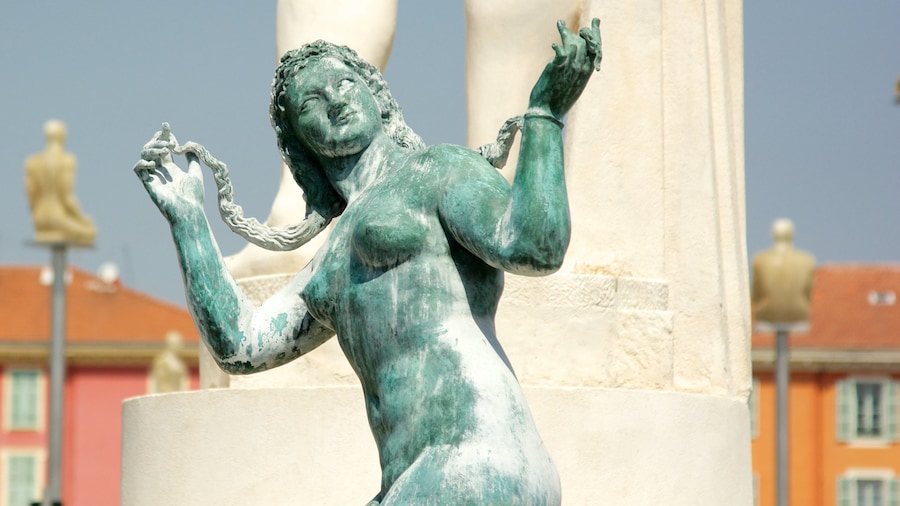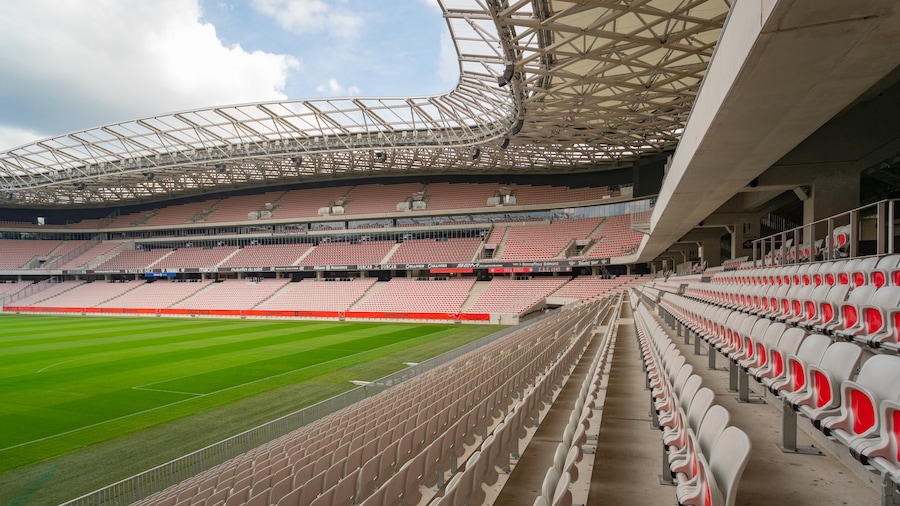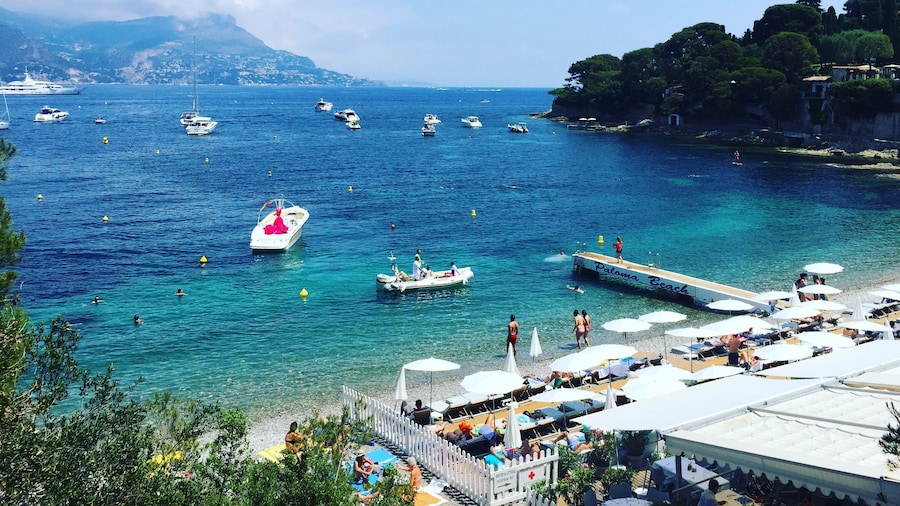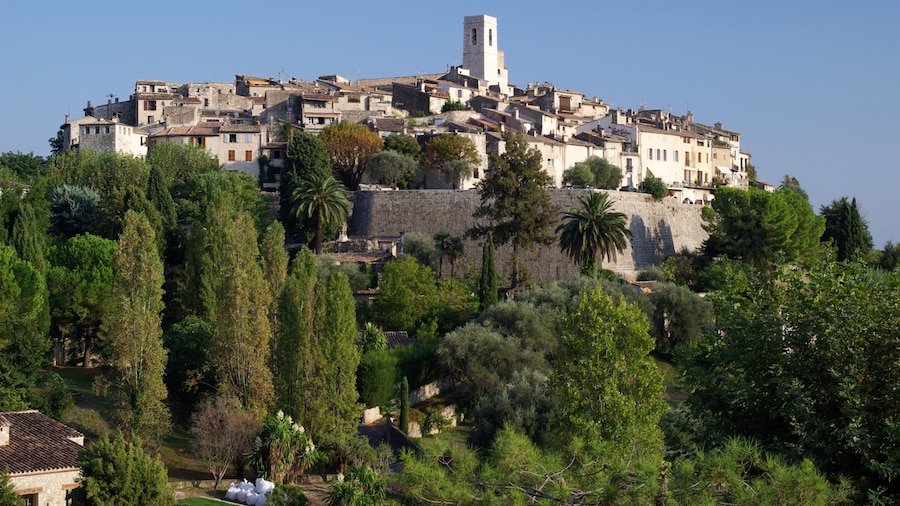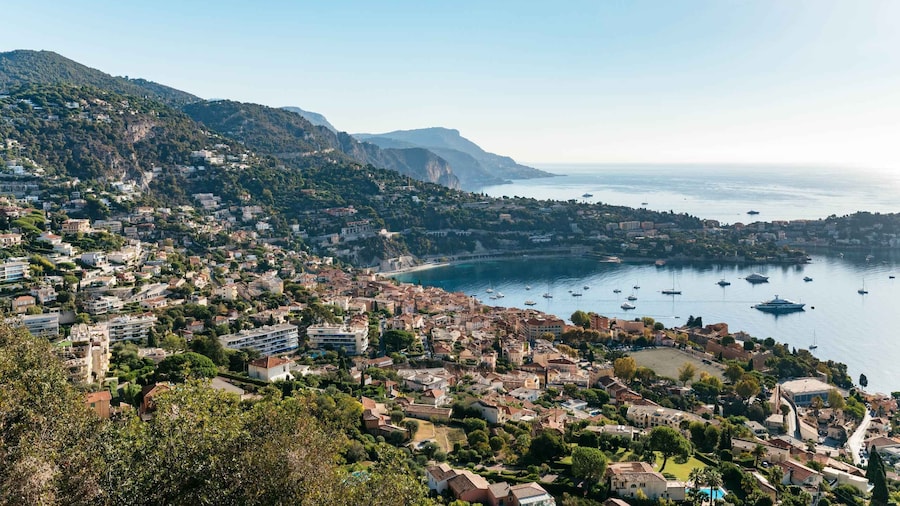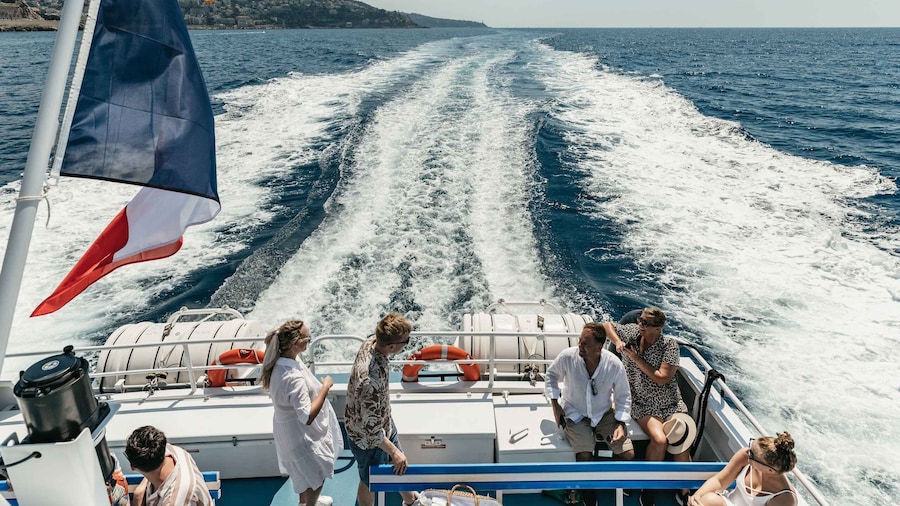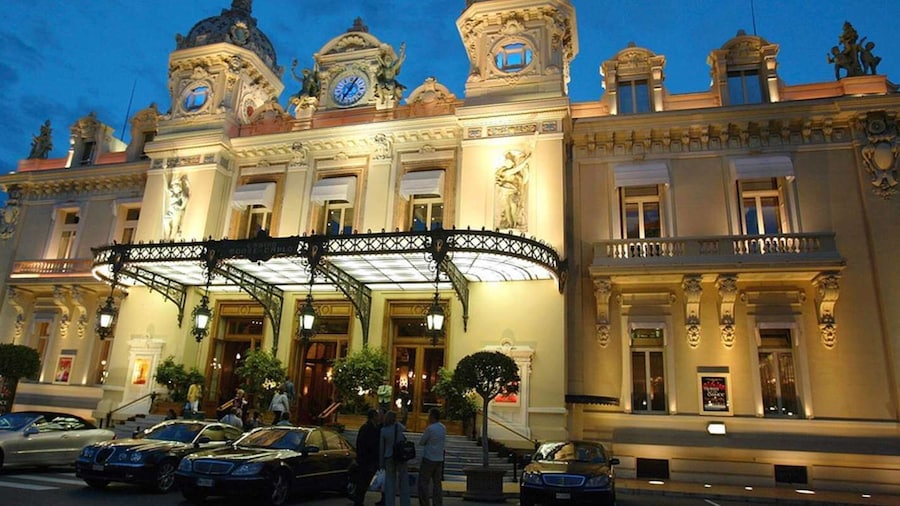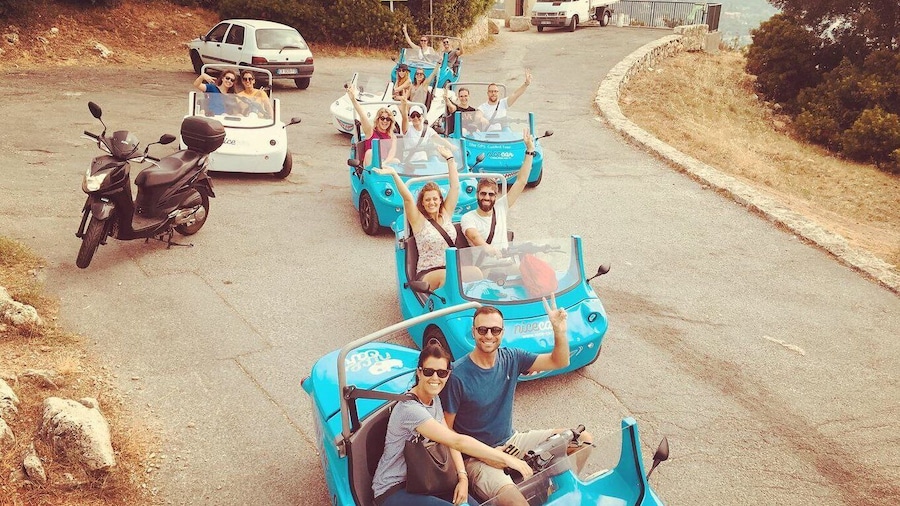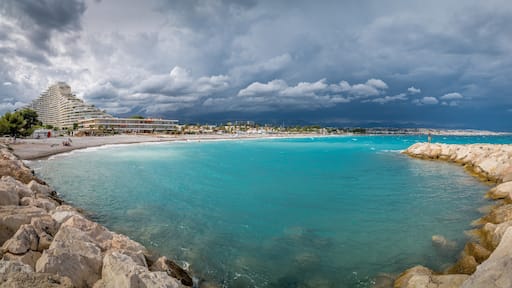Inspect the wonderful glasswork and pottery samples on display and learn about their place in the history of this charming village.
Standing on a hill overlooking the Mediterranean Sea is the pretty hamlet of Biot. Known for its glassblowers and bubble glass items, this medieval commune grew in the 16th century from these artistic endeavors. Admire the town’s jumbled appearance, with buildings built on top of one another around the tree-lined hill.
As you walk around, feel the antiquity of the village, which is actually about 2,500 years old. Stroll to the Place des Arcades, the central area with a serene ambiance and 16th-century buildings. Capture photos of the town hall and other quaint structures with a backdrop of the sparkling sea.
See exquisite early 20th-century works of French artist Fernand Léger at the museum named after him. Peruse his sculptures, paintings, mosaics and stained-glass windows. Learn about various phases of his career, including his foray into cubist art.
Find out about the village’s famous pottery obsession at the Museum of Local History and Biot Ceramics with various vases, jars and ancient artifacts. Talk with the curator about Biot's history and the villagers' fascination with pottery and glassworks.
Head to the volcano 1.2 miles (2 kilometers) northwest of the village. Most of the structure has disappeared over time, but you can still see intriguing rock formations. To appreciate the scenic natural landscape, hike or cycle around the region. Follow the Sentier de la Brague trail from the River Brague of Biot to Valbonne. The path, which meanders through a forest, will take 2 or 3 hours to complete.
Find the village of Biot in the Alpes-Maritimes region in southeastern France. It is a 20-minute car journey west from Nice Airport. The village stands between Nice and Antibes. Many buses link the various communes along the Cote d’Azur.
Enjoy the Mediterranean region’s hot summers with very little rainfall, when it is most popular, or cool winters.
Biot is an intriguing voyage into medieval pottery and glass with a picturesque backdrop of the Mediterranean Sea.














